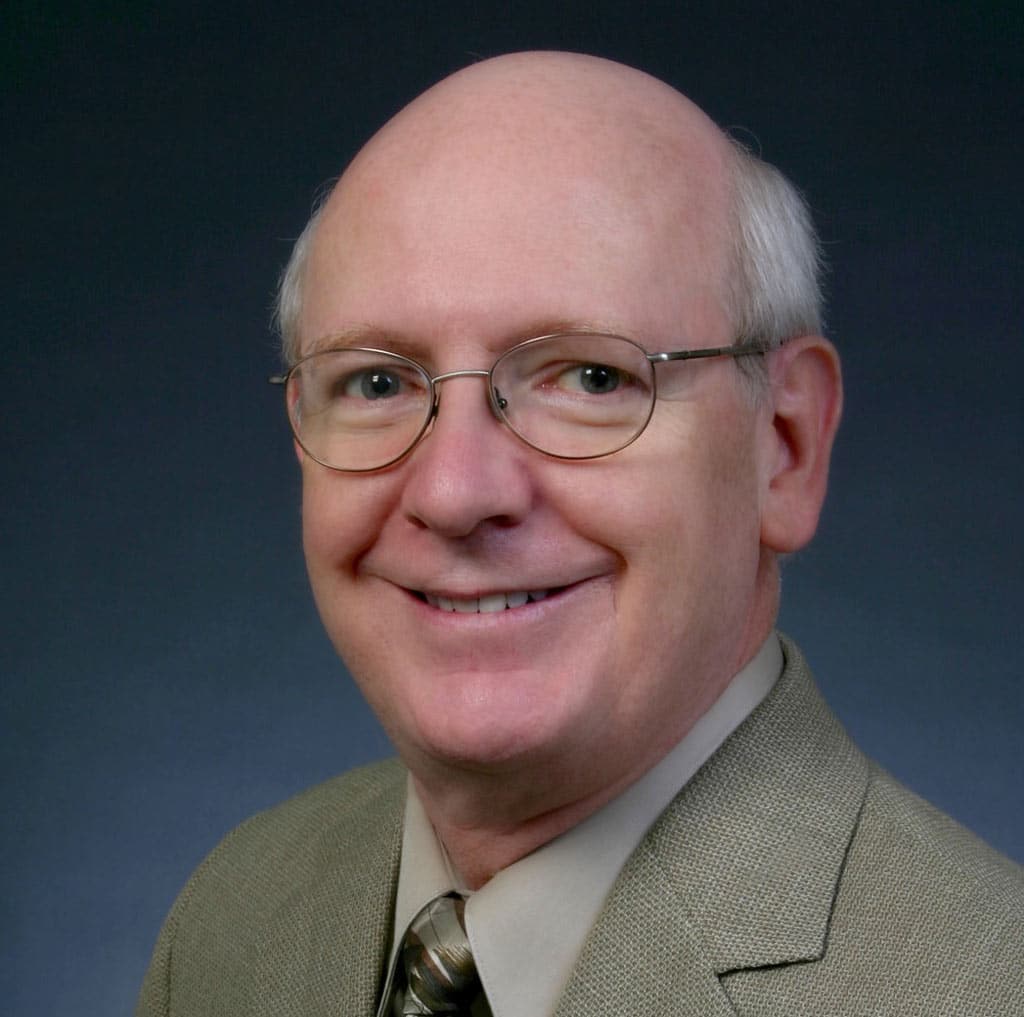Are you considering undergoing Le Fort 1 osteotomy, also known as upper jaw surgery? If so, you’ve come to the right place. In this comprehensive guide, we will unlock the secrets of Le Fort 1 osteotomy, providing you with all the information you need to make an informed decision.
Le Fort 1 osteotomy is a surgical procedure performed on the upper jaw to correct a variety of issues, including malocclusion, facial asymmetry, and obstructive sleep apnea. It involves carefully cutting and repositioning the maxilla to achieve proper alignment and balance.
Throughout this guide, we will delve into the intricacies of Le Fort 1 osteotomy, explaining the surgical process, potential risks and complications, recovery timeline, and expected outcomes. We will also explore alternative treatments, post-surgery care, and tips for a smooth recovery.
Whether you are a prospective patient or simply curious about the procedure, this guide will be your go-to resource for everything you need to know about Le Fort 1 osteotomy. So, let’s unlock the secrets of this transformative surgery together.
Understanding the upper jaw and its role in facial structure
The upper jaw, also known as the maxilla, plays a crucial role in the overall structure and aesthetics of the face. It forms the foundation for the upper teeth, supports the nasal cavity, and contributes to facial symmetry. However, various issues can arise in the upper jaw, leading to functional and aesthetic concerns.
One common issue is malocclusion, which refers to an improper alignment of the upper and lower teeth. This can result in difficulties with biting, chewing, and speaking. Additionally, malocclusion can have a significant impact on one’s self-esteem, as it may affect the appearance of the smile and facial profile.
Facial asymmetry is another concern that can be attributed to problems in the upper jaw. Uneven growth or development of the maxilla can lead to a lopsided appearance, with one side of the face appearing larger or more prominent than the other. This can cause both physical and psychological discomfort for individuals.
Obstructive sleep apnea, a condition characterized by interrupted breathing during sleep, can also be linked to issues in the upper jaw. In some cases, a narrow or recessed maxilla can contribute to airway obstruction, leading to snoring and disrupted sleep patterns. Le Fort 1 osteotomy can be an effective solution to address these concerns and improve quality of life.
Common reasons for undergoing Le Fort 1 Osteotomy
Le Fort 1 osteotomy is a surgical procedure that is commonly performed to correct various issues related to the upper jaw. There are several reasons why individuals may opt for this procedure, including:
- Malocclusion: When the upper and lower teeth do not align properly, it can lead to difficulties with biting, chewing, and speaking. Le Fort 1 osteotomy can help reposition the maxilla to achieve a more harmonious bite and improve oral function.
- Facial Asymmetry: Uneven growth or development of the maxilla can result in facial asymmetry, with one side of the face appearing larger or more prominent than the other. Le Fort 1 osteotomy can help restore balance and symmetry to the face, enhancing overall aesthetics.
- Obstructive Sleep Apnea: In some cases, a narrow or recessed maxilla can contribute to airway obstruction during sleep, leading to snoring and interrupted breathing patterns. By repositioning the upper jaw, Le Fort 1 osteotomy can help alleviate these symptoms and improve sleep quality.
It’s important to consult with a qualified oral and maxillofacial surgeon to determine if Le Fort 1 osteotomy is the right treatment option for your specific concerns.

The surgical procedure of Le Fort 1 Osteotomy
Le Fort 1 osteotomy is a complex surgical procedure that involves carefully cutting and repositioning the maxilla to achieve proper alignment and balance. The surgery is typically performed under general anesthesia in a hospital or surgical center setting.
The procedure begins with an incision made along the gum line, allowing the surgeon to access the maxilla. Specialized instruments are then used to carefully separate the maxilla from the surrounding structures, including the nasal cavity and other facial bones. This allows the surgeon to mobilize the maxilla and reposition it as needed.
Once the maxilla is in the desired position, the surgeon secures it in place using small titanium plates and screws. These implants provide stability and support during the healing process. The incisions are then closed using dissolvable sutures, and the patient is moved to a recovery area.
Le Fort 1 osteotomy is a highly precise procedure that requires the expertise of an experienced oral and maxillofacial surgeon. The surgeon’s skill and understanding of facial anatomy are essential to achieve optimal results and minimize the risk of complications.
Preparing for Le Fort 1 Osteotomy surgery
Preparing for Le Fort 1 osteotomy surgery involves several important steps to ensure a safe and successful procedure. Your oral and maxillofacial surgeon will guide you through the preoperative process and provide specific instructions tailored to your individual needs. Here are some general guidelines to consider:
- Consultation and Evaluation: The first step is to schedule a consultation with a qualified oral and maxillofacial surgeon. During this visit, the surgeon will evaluate your condition, discuss your goals and expectations, and determine if you are a suitable candidate for Le Fort 1 osteotomy.
- Medical Evaluation: Before undergoing any surgery, it is crucial to undergo a comprehensive medical evaluation. This may include laboratory tests, imaging studies, and consultations with other specialists to ensure that you are in good overall health and can safely undergo the procedure.
- Medication Review: Your surgeon will review your current medications, including prescription drugs, over-the-counter medications, and supplements. Some medications may need to be adjusted or temporarily discontinued to minimize the risk of complications during and after surgery.
- Smoking and Alcohol Cessation: If you smoke or consume alcohol regularly, your surgeon will likely advise you to quit or significantly reduce these habits before surgery. Smoking and excessive alcohol use can impair the body’s healing process and increase the risk of complications.
- Preoperative Instructions: Your surgeon will provide you with specific preoperative instructions to follow in the days leading up to your surgery. This may include guidelines on fasting, showering with special antibacterial soap, and avoiding certain skincare products and makeup.
By carefully following your surgeon’s preoperative instructions, you can help ensure a smooth and successful Le Fort 1 osteotomy surgery.
Recovery and aftercare following Le Fort 1 Osteotomy
The recovery process following Le Fort 1 osteotomy is a critical phase in achieving optimal outcomes. The duration and specifics of the recovery period may vary depending on individual factors and the extent of the surgery. Here are some general guidelines to help you navigate the recovery process:
- Hospital Stay: After the surgery, you will typically spend a few days in the hospital for close monitoring and pain management. During this time, you may receive intravenous fluids and be on a liquid or soft food diet to facilitate healing.
- Pain Management: It is normal to experience some discomfort or pain following Le Fort 1 osteotomy. Your surgeon will prescribe pain medications to help manage any discomfort during the initial stages of recovery. It is important to take these medications as directed and report any severe or persistent pain to your surgeon.
- Swelling and Bruising: Swelling and bruising are common after Le Fort 1 osteotomy and can take several weeks to fully resolve. Applying cold compresses in the first few days after surgery and keeping your head elevated can help minimize swelling. Your surgeon may also recommend certain medications or natural remedies to reduce swelling and bruising.
- Diet and Nutrition: During the initial stages of recovery, it is important to consume a soft or liquid diet to protect the healing jaw. Your surgeon will provide specific dietary guidelines, which may include foods such as soups, smoothies, mashed potatoes, and yogurt. As you progress in your recovery, you can gradually reintroduce solid foods as recommended by your surgeon.
- Oral Hygiene: Maintaining good oral hygiene is crucial during the recovery period. Your surgeon will provide instructions on how to clean your mouth and teeth without disrupting the healing process. This may include using a special mouthwash, avoiding vigorous rinsing, and gently brushing your teeth.
- Follow-up Appointments: Regular follow-up appointments with your surgeon are essential to monitor your progress and ensure proper healing. During these visits, your surgeon will evaluate your jaw function, assess the incisions, and make any necessary adjustments to your postoperative care plan.
By closely following your surgeon’s postoperative instructions and attending all scheduled follow-up appointments, you can optimize your recovery and achieve the best possible results from Le Fort 1 osteotomy.

Potential risks and complications of Le Fort 1 Osteotomy
As with any surgical procedure, there are potential risks and complications associated with Le Fort 1 osteotomy. While these risks are relatively rare, it is important to be aware of them and discuss them with your surgeon before making a decision. Some potential risks include:
- Infection: Infection is a possible complication following any surgical procedure. Your surgeon will take precautions to minimize the risk of infection, such as prescribing antibiotics and providing detailed postoperative care instructions. It is important to follow these instructions diligently and report any signs of infection, such as increased pain, redness, or swelling, to your surgeon.
- Nerve Damage: The nerves that supply sensation to the upper lip, gums, and teeth run through the maxilla. During Le Fort 1 osteotomy, there is a small risk of nerve damage, which can lead to temporary or permanent numbness or altered sensation in these areas. Your surgeon will take precautions to minimize this risk, but it is important to understand and discuss this potential complication.
- Bleeding: Bleeding is a common occurrence during and immediately after Le Fort 1 osteotomy. However, excessive bleeding or prolonged bleeding may require medical attention. Your surgeon will provide specific instructions on how to manage bleeding and when to seek medical assistance if necessary.
- Dental Changes: The repositioning of the maxilla during Le Fort 1 osteotomy can impact the alignment and position of the teeth. While this can often be addressed during the surgery, additional orthodontic treatment may be required to achieve optimal dental alignment and occlusion.
- Scarring: Like any surgical procedure, Le Fort 1 osteotomy will result in some degree of scarring. However, the incisions are typically made inside the mouth along the gum line, minimizing the visibility of scars. Over time, the scars will fade and become less noticeable.
It is important to have an open and honest discussion with your surgeon about the potential risks and complications associated with Le Fort 1 osteotomy. Your surgeon will provide you with detailed information and address any concerns you may have.
Success stories and patient testimonials
Le Fort 1 osteotomy has transformed the lives of many individuals who have undergone the procedure. Hearing from patients who have experienced the surgery firsthand can provide valuable insights and reassurance. Here are a few success stories and patient testimonials:
- Sarah’s Story: Sarah had been struggling with severe malocclusion for years, which affected her ability to eat and speak confidently. After undergoing Le Fort 1 osteotomy, she experienced a remarkable improvement in her bite and overall oral function. Sarah now enjoys a beautiful smile and feels more confident in social settings.
- David’s Journey: David had always been self-conscious about his facial asymmetry, which caused him to avoid social interactions. Le Fort 1 osteotomy helped him achieve a more balanced and symmetrical facial profile, boosting his self-esteem and allowing him to fully embrace his appearance.
- Emma’s Transformation: Emma suffered from obstructive sleep apnea due to a narrow maxilla. Le Fort 1 osteotomy provided her with significant relief, improving her sleep quality and overall well-being. Emma is now able to enjoy restful nights and wake up feeling refreshed.
These success stories highlight the transformative effects of Le Fort 1 osteotomy and the positive impact it can have on individuals’ lives. It is important to remember that each person’s experience may vary, and outcomes are influenced by various factors such as the severity of the initial condition and individual healing abilities.
Choosing the right surgeon for Le Fort 1 Osteotomy
Selecting a skilled and experienced oral and maxillofacial surgeon is crucial when considering Le Fort 1 osteotomy. The surgeon’s expertise and understanding of facial anatomy play a significant role in achieving optimal outcomes and minimizing the risk of complications. Here are some key factors to consider when choosing a surgeon:
- Credentials and Experience: Look for a surgeon who is board-certified and has extensive experience in performing Le Fort 1 osteotomy. Research their educational background, training, and professional affiliations to ensure they have the necessary qualifications.
- Specialization: Oral and maxillofacial surgeons specialize in surgical treatments involving the face, jaws, and mouth. Choosing a surgeon who specializes in orthognathic surgery, including Le Fort 1 osteotomy, ensures that you are receiving care from a professional with specific expertise in this area.
- Patient Reviews and Testimonials: Read patient reviews and testimonials to gain insight into the experiences of previous patients. Look for positive feedback about the surgeon’s skills, bedside manner, and overall patient satisfaction.
- Consultation: Schedule a consultation with potential surgeons to discuss your concerns, goals, and expectations. This meeting will provide an opportunity to assess the surgeon’s approach, communication style, and willingness to answer your questions.
- Cost and Insurance: Understand the cost of the procedure and whether it is covered by your insurance. While cost is an important consideration, prioritize the surgeon’s qualifications and experience to ensure the best possible outcome.
By carefully considering these factors and conducting thorough research, you can select a surgeon who is well-suited to perform Le Fort 1 osteotomy and guide you through every step of the process.

Conclusion: Achieving a balanced and aesthetically pleasing facial profile through Le Fort 1 Osteotomy
Le Fort 1 osteotomy is a transformative surgical procedure that can correct a range of issues related to the upper jaw. Whether you are seeking to improve your bite, enhance facial symmetry, or alleviate obstructive sleep apnea, Le Fort 1 osteotomy offers a comprehensive solution.
In this comprehensive guide, we have explored the intricacies of Le Fort 1 osteotomy, from understanding the role of the upper jaw in facial structure to the potential risks and complications associated with the procedure. We have also discussed the importance of choosing the right surgeon and provided insights from success stories and patient testimonials.
If you are considering Le Fort 1 osteotomy, we encourage you to consult with a qualified oral and maxillofacial surgeon who can assess your unique needs and guide you through the process. With the right surgeon and proper care, you can achieve a balanced and aesthetically pleasing facial profile, enhancing both your oral function and self-confidence.
Remember, Le Fort 1 osteotomy is a significant decision, and it is essential to thoroughly research and understand the procedure before proceeding. Armed with the knowledge and insights from this comprehensive guide, you can confidently embark on your journey to unlock the secrets of Le Fort 1 osteotomy






